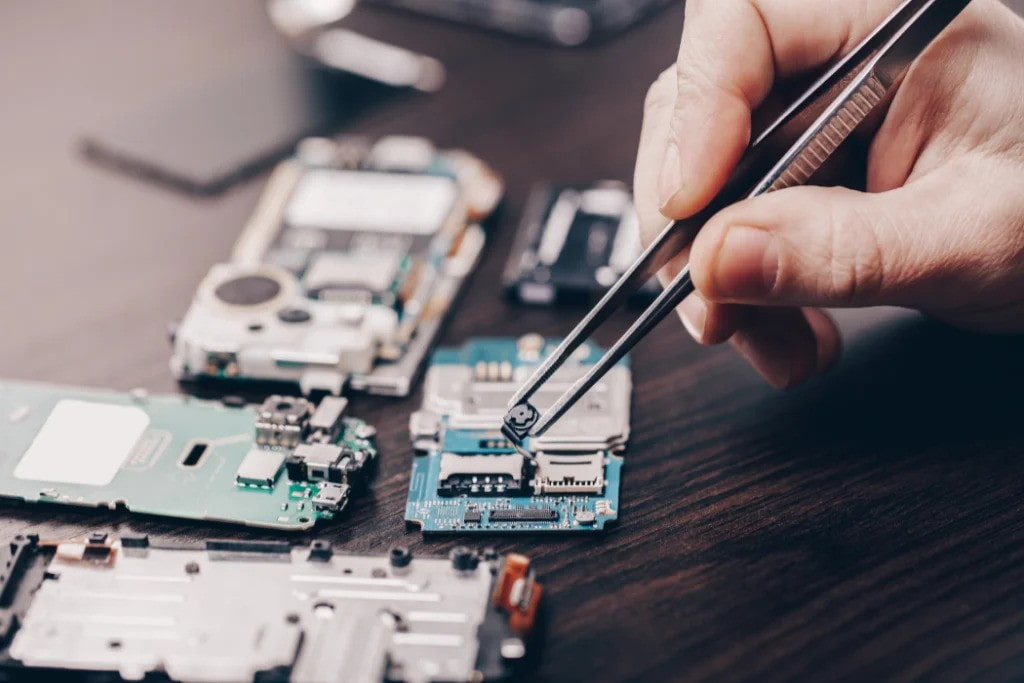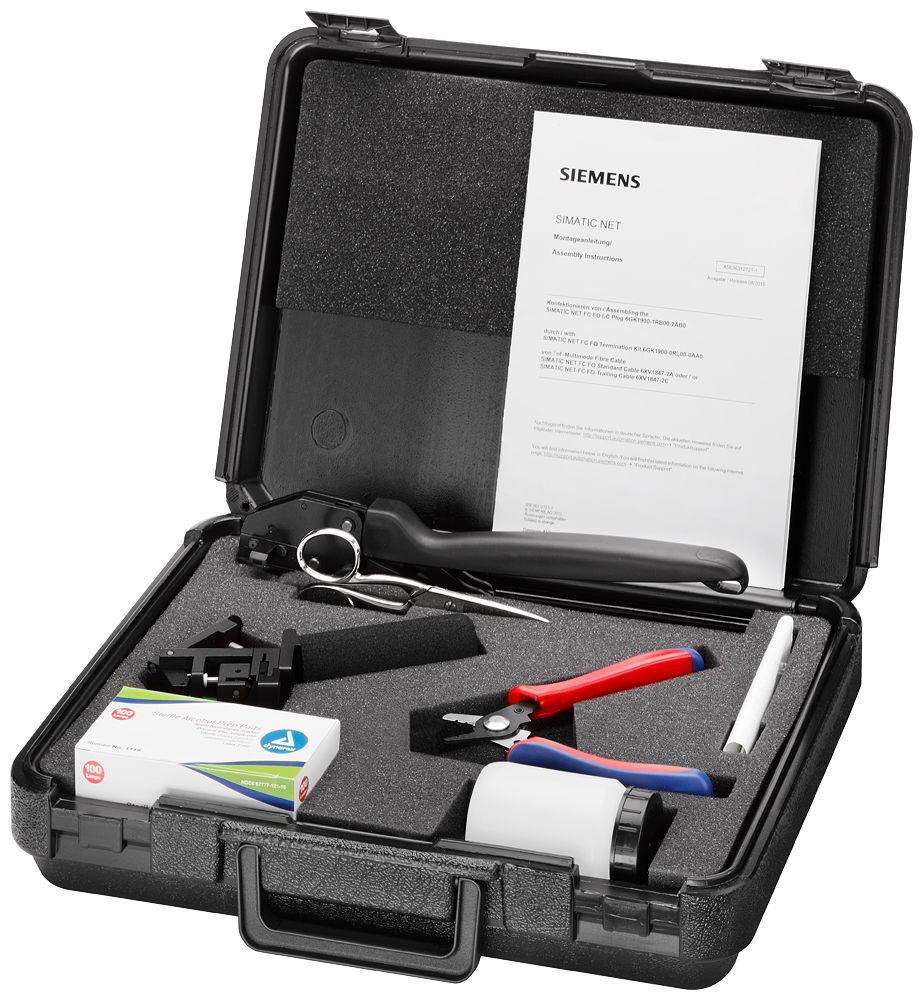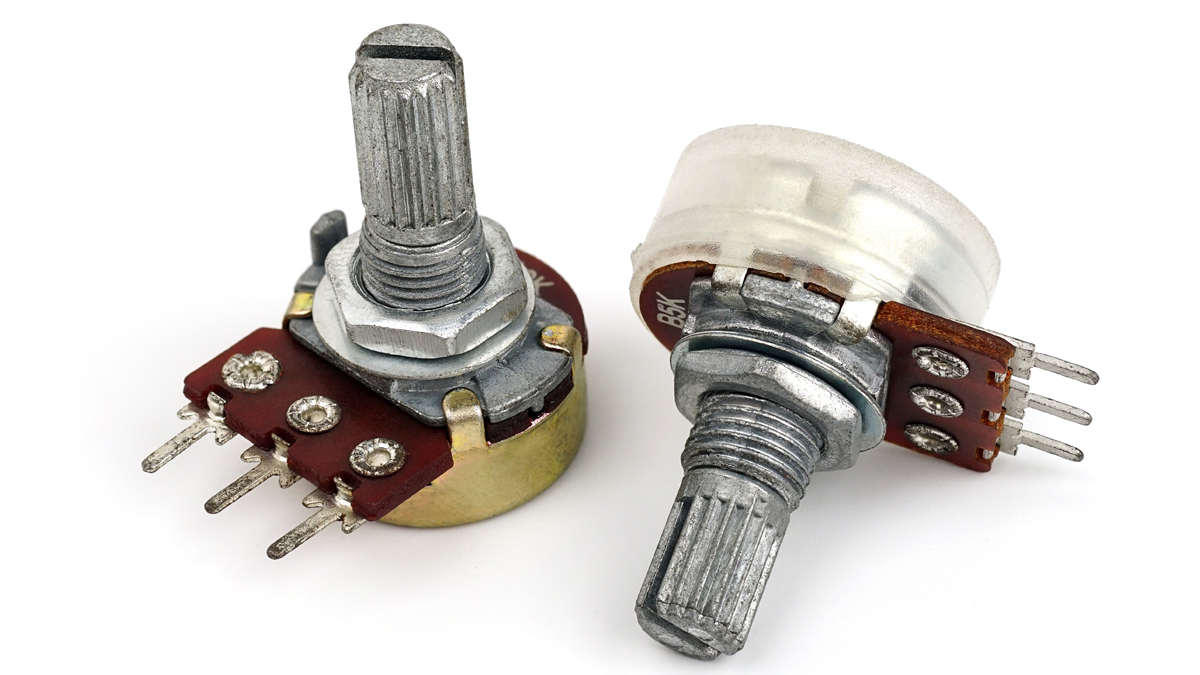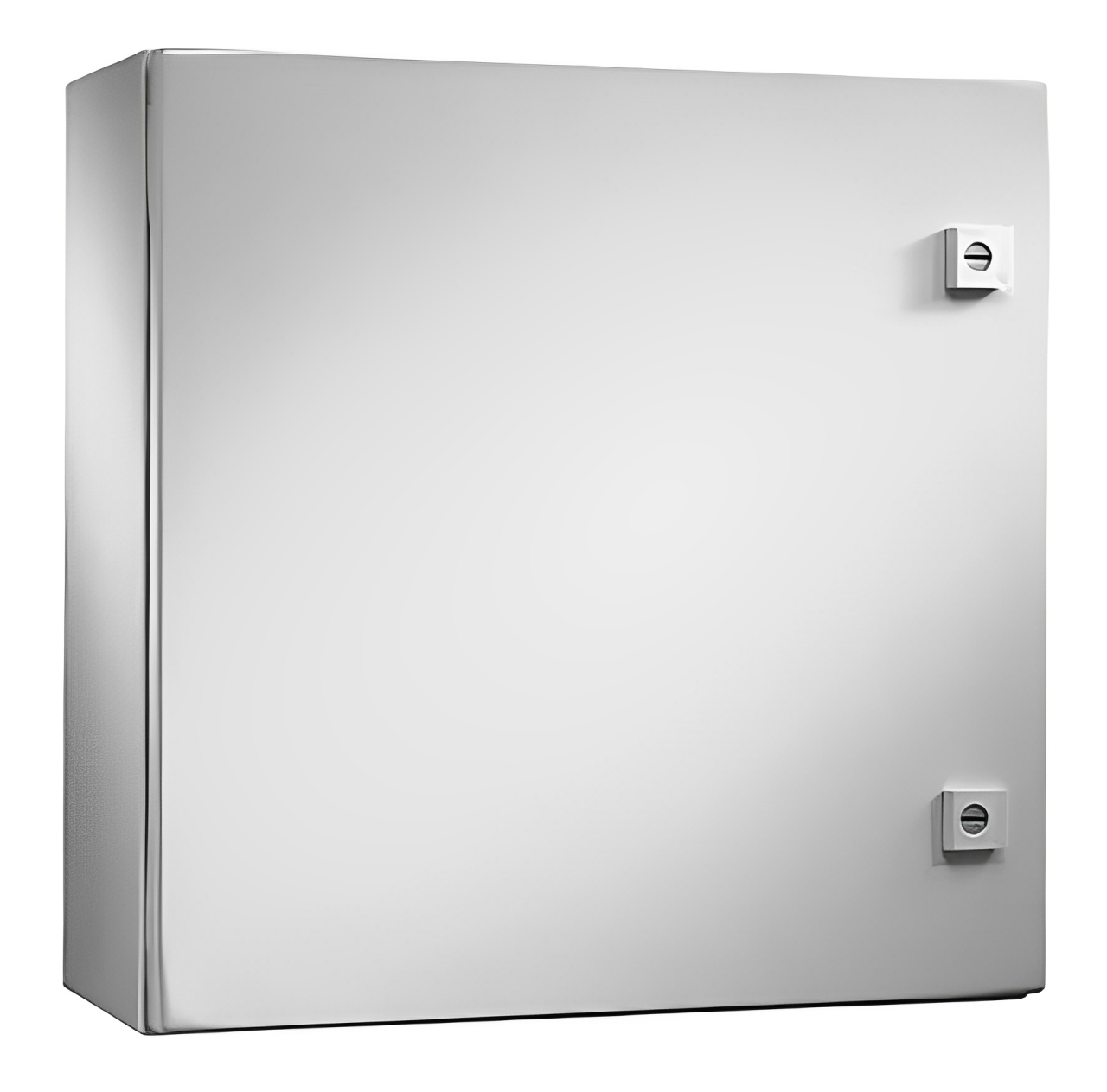 AI Blog Generation – Mass Content at Lightning Speed!
AI Blog Generation – Mass Content at Lightning Speed!
Why Is Cable Trunking the Smartest Choice for Organized and Safe Installations?
Written by Jodie Marshall » Updated on: June 27th, 2025

Cable management plays a critical role in maintaining safe, efficient, and aesthetically pleasing environments, whether in industrial setups, offices, or residential buildings. One of the most widely used solutions in cable organisations is cable trunking. But what exactly is it, and why has it become an indispensable component across multiple industries?
What Is Cable Trunking and How Does It Work?
Cable trunking refers to a protective enclosure or conduit system designed to route and conceal electrical wires, data cables, and communication lines. Typically manufactured from materials such as PVC, metal, or steel, trunking is engineered to prevent cable damage, ensure a neat arrangement, and minimise tripping hazards.
Cable trunking systems are available in various sizes and configurations, offering flexibility in both surface-mounted and concealed installations. From simple domestic wiring to intricate industrial control panels, trunking accommodates a wide range of applications and cable types, such as power, electronics, data, and sensor wiring.
Why Should You Use Cable Trunking?
Choosing cable trunking provides a cleaner and more organised solution compared to running bare cables along walls or ceilings. Here’s why many engineers, electricians, and IT professionals rely on it:
- Enhances overall safety by reducing risks of short circuits, fire hazards, and cable damage
- Makes cable identification, repair, and upgrading easier and less time-consuming
- Improves the visual appeal of interior spaces by concealing unsightly cable clutter
- Protects sensitive cables for electronics, thermal devices, and microcontrollers
- Helps meet safety regulations in commercial and industrial buildings
Where Is Cable Trunking Commonly Installed?
Due to its versatility, cable trunking is widely adopted across multiple sectors to organise cables connected to electronics, sensors, and controllers. It’s commonly found in:
- Data centres and server rooms
- Smart office buildings
- Electrical distribution boards
- Manufacturing plants and workshops
- Schools, hospitals, and public buildings
- Home automation systems
Whether routing high-voltage cables or low-voltage signal lines, trunking systems provide secure paths for capacitors, connectors, microprocessors, and switches, ensuring reliable operation and maintenance access.
What Types of Cable Trunking Exist?
Cable trunking is not a one-size-fits-all solution. Depending on the application, environment, and desired appearance, different types are available:
- PVC Trunking: Lightweight, cost-effective, and suitable for indoor use—commonly used in commercial buildings, educational institutes, and homes.
- Metal Trunking: Durable and ideal for industrial settings, offering enhanced mechanical protection for critical cables, such as contactors and sensors.
- Flexible Trunking: Designed for areas where movement or curved routing is required—often used in mobile machines or robotic systems.
- Floor Trunking: Installed within floor cavities or surface-mounted in offices to manage power and data connections discreetly.
- Mini and Maxi Trunking: Available in small or large dimensions to support varying volumes of cables and conductors.
- Each type supports different cable needs—from microcontrollers and fuses to LEDs, switches, and Ethernet cables.
What Are the Key Features of Cable Trunking?
Cable trunking systems are designed with thoughtful features to address safety, usability, and scalability in complex environments:
- Snap-fit or screwable lids for easy cable access
- Fire-retardant materials to prevent flame propagation
- Segregated channels for separating power and data lines
- Anti-corrosive and UV-resistant finishes for harsh environments
- Compatibility with accessories like bends, couplers, end caps, and junctions
These features make trunking suitable for protecting sensitive components—such as controllers, capacitors, and thermal pads—from environmental and mechanical stress.
How Does Cable Trunking Improve System Efficiency?
Efficient cable management has a direct impact on system reliability, uptime, and long-term maintenance. Cable trunking helps organisations:
- Reduce downtime during upgrades or fault identification
- Avoid interference in communication and control signals
- Decrease overheating risks by allowing structured air circulation
- Enable clear labelling and separation of safety-critical circuits
- Create expandable systems that support future cable additions
Industries dealing with automation, robotics, and laptops—where electronic signals must remain clean—benefit significantly from trunking’s structured layout.
What Should You Consider When Choosing Cable Trunking?
Before selecting a trunking system, evaluate your specific needs and environment to ensure maximum performance:
- Cable type and volume: Estimate the total number and size of cables, including power lines, oils, grips, and tools
- Installation environment: Consider indoor vs. outdoor use and exposure to chemicals, moisture, or heat
- Material strength: Determine the level of mechanical protection required based on cable sensitivity
- Future-proofing: Choose sizes and modular designs that allow for system upgrades
- Compliance: Ensure the trunking complies with local regulations and fire safety standards
- Proper planning can support long-lasting use in demanding environments such as automation systems, fume hoods, and electric control stations.
When Is the Best Time to Install Cable Trunking?
The most efficient time to install cable trunking is during the early phases of construction or renovation. This allows for better integration into walls, ceilings, or floors without retrofitting. However, surface-mounted trunking is an excellent alternative for upgrades or system expansions where rewiring is needed without disturbing existing setups.
It’s also ideal during:
- Network expansions or reconfigurations
- Office layout redesigns
- Machinery installation in industrial sites
- Relocation or new server setup in IT rooms
During these times, planning trunking pathways ensures optimised cable flow for electronic systems, lighting controls, and data communication.
Final Thoughts: Is Cable Trunking Worth It?
Absolutely. Cable trunking offers a cost-effective, scalable, and safe solution for modern wiring needs. It not only protects cables but also transforms messy environments into organised, professional setups. Whether you’re managing a building’s safety contacts or routing complex electronic circuits with LEDs and thermal sensors, cable trunking is the silent backbone that ensures operational excellence.
In a digital-first era where electronics, tools, controllers, and communication systems must work seamlessly, cable trunking remains one of the most practical and high-performance cable management solutions available today.
Note: IndiBlogHub features both user-submitted and editorial content. We do not verify third-party contributions. Read our Disclaimer and Privacy Policyfor details.
Copyright © 2019-2025 IndiBlogHub.com. All rights reserved. Hosted on DigitalOcean for fast, reliable performance.
















